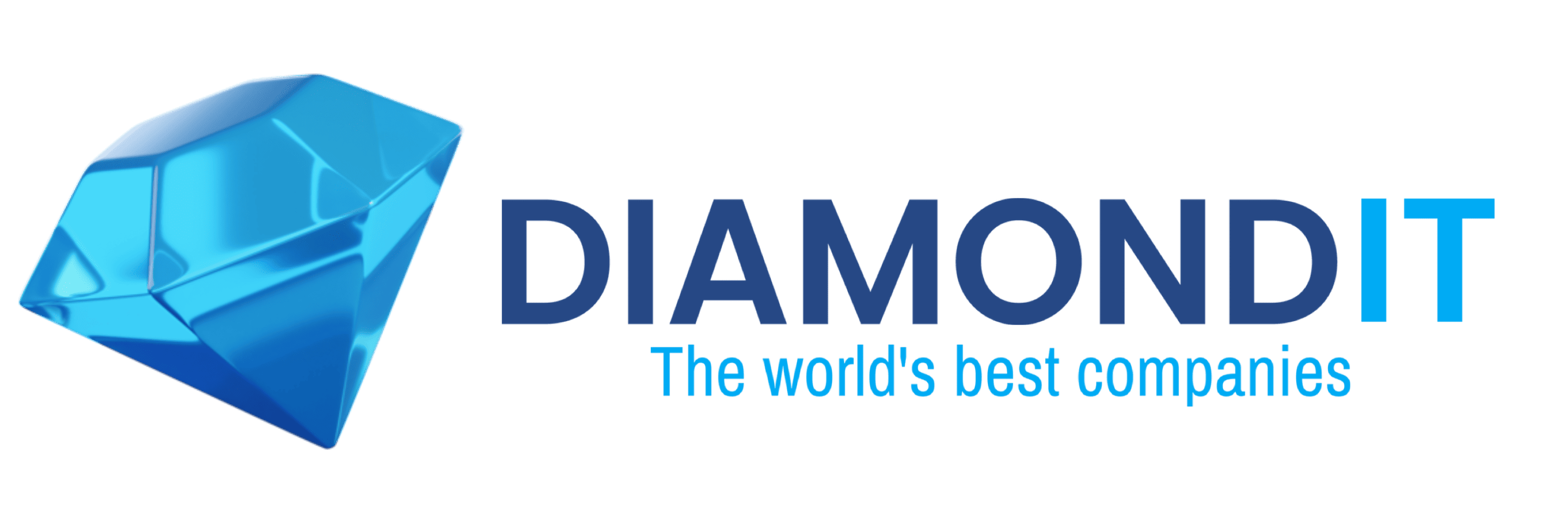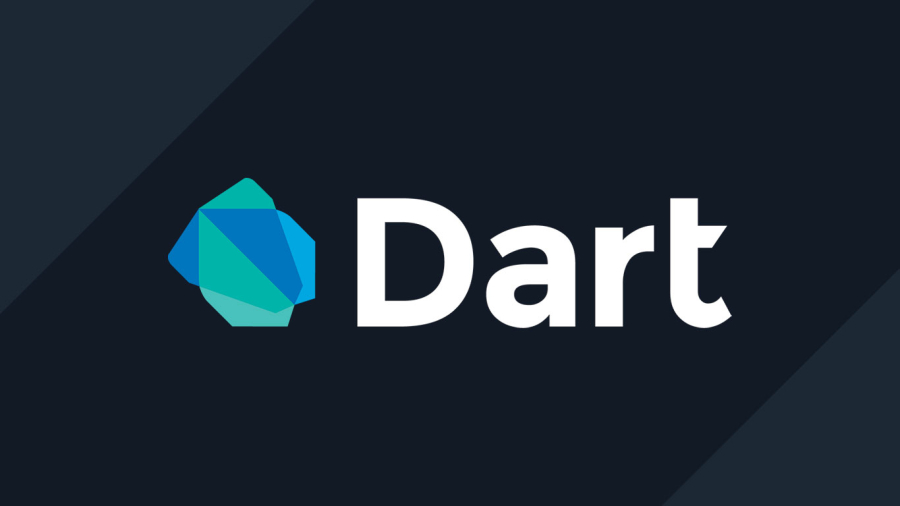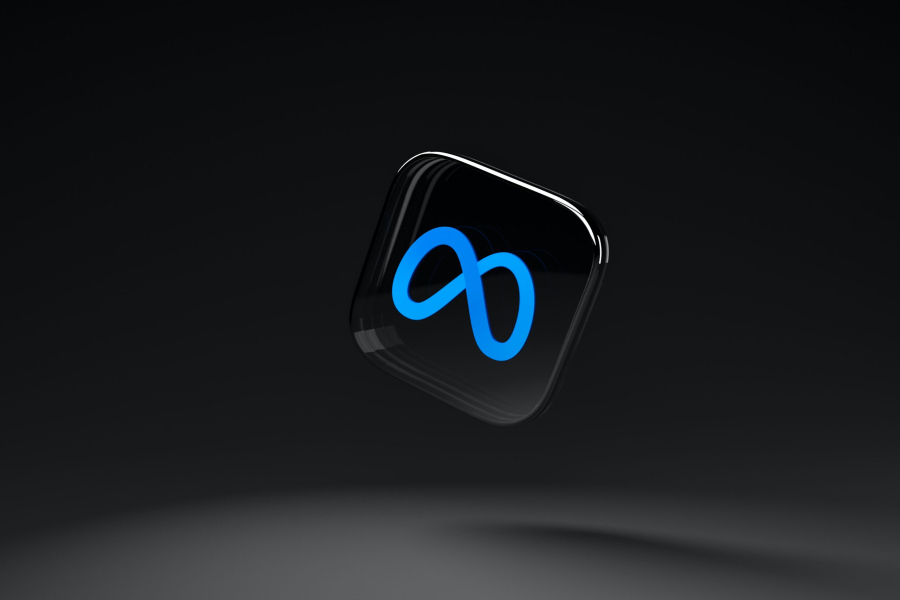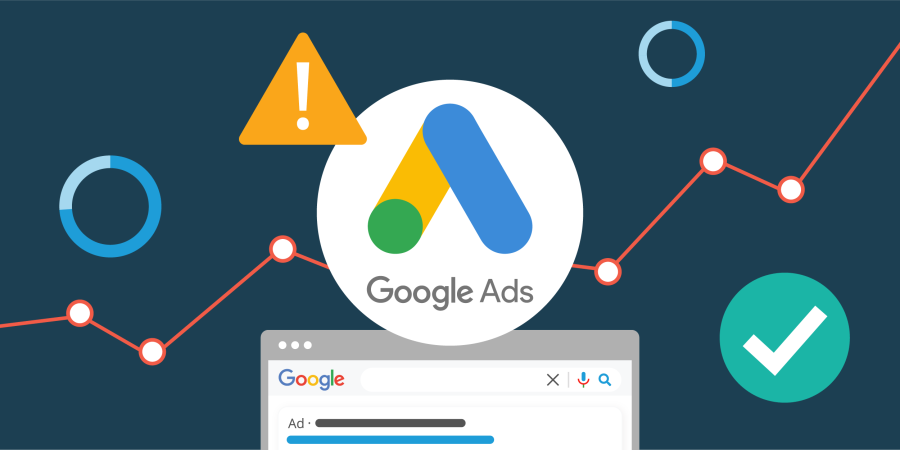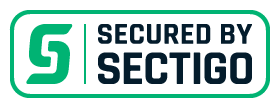Dart: A Complete Guide to Google’s Versatile Programming Language
Dart is a powerful and versatile programming language developed by Google. It is designed to be easy to learn, highly productive, and capable of creating high-performance applications across multiple platforms. Since its release in 2011, Dart has become an integral part of modern application development, particularly as the foundation of the Flutter framework.
In this article, we’ll explore the origins, features, benefits, use cases, and future potential of Dart, making it clear why this language has become a popular choice for developers worldwide.
What is Dart?
Dart is a general-purpose, object-oriented programming language that supports strong typing and modern programming paradigms. Initially developed to improve web development and compete with JavaScript, Dart has since expanded to serve as a comprehensive tool for building applications across mobile, web, desktop, and backend platforms.
One of Dart’s standout features is its ability to compile both to JavaScript (for web applications) and directly to native machine code (for mobile and desktop applications). This dual capability makes it a highly flexible and performance-oriented choice for developers.
History of Dart
Dart was first introduced by Google in 2011, with the goal of providing a more structured and efficient alternative to JavaScript. Early on, it faced challenges in adoption due to competition with established technologies and skepticism from developers. However, with the introduction of Flutter in 2017, Dart experienced a resurgence in popularity.
Flutter, a UI toolkit also developed by Google, uses Dart as its programming language. The combination of Flutter and Dart has since become a preferred choice for creating cross-platform applications, leading to Dart’s steady rise in the development community.
Key Features of Dart
Dart offers a wide range of features that make it a powerful and efficient programming language:
Cross-Platform Development
Dart allows developers to write code once and deploy it across multiple platforms, including Android, iOS, web, desktop, and server.Ahead-of-Time (AOT) and Just-in-Time (JIT) Compilation
- AOT compilation improves performance by converting Dart code into native machine code before execution.
- JIT compilation enables hot reloads during development, making it easier to test and iterate quickly.
Strong Typing with Flexibility
Dart supports strong typing, which improves code reliability, while also offering type inference for simplicity.Asynchronous Programming
Dart includes built-in support for asynchronous programming withasyncandawaitkeywords, making it easier to handle tasks like network requests and file I/O.Garbage Collection
Dart automatically manages memory through garbage collection, ensuring efficient resource usage.Comprehensive Standard Library
Dart comes with a rich set of libraries for tasks like file manipulation, networking, and data processing.Null Safety
Dart’s null safety feature prevents null reference errors by distinguishing between nullable and non-nullable types.
Why Choose Dart?
Dart’s unique combination of features makes it a compelling choice for modern application development:
- Ease of Learning: Dart’s syntax is clean, concise, and familiar to developers experienced in Java, JavaScript, or C#.
- High Performance: Thanks to AOT compilation, Dart apps run smoothly and efficiently on both mobile and desktop platforms.
- Hot Reload: Developers can see changes in real-time during development, significantly speeding up the coding process.
- Cross-Platform Capability: With Flutter, Dart enables the creation of beautiful, consistent applications across multiple platforms with a single codebase.
- Active Ecosystem: Dart has a growing community, comprehensive documentation, and robust support from Google.
Use Cases of Dart
Dart is a versatile language used in a variety of scenarios:
Mobile Development
Dart is the backbone of Flutter, making it a top choice for building cross-platform mobile applications. Companies like Google, Alibaba, and BMW have used Dart and Flutter to create stunning mobile experiences.Web Development
Dart can compile to JavaScript, allowing developers to create fast and responsive web applications. Its performance and scalability make it suitable for both small projects and large enterprise-level applications.Desktop Applications
With Flutter, Dart supports building native desktop applications for Windows, macOS, and Linux, providing a consistent user experience across platforms.Server-Side Development
Dart can also be used for backend development with frameworks like Aqueduct and Shelf, offering an alternative to traditional server-side languages.IoT and Embedded Systems
While not its primary focus, Dart’s lightweight nature and performance capabilities make it suitable for certain IoT and embedded applications.
Comparison with Other Languages
The Future of Dart
Dart’s future looks promising, largely due to its synergy with Flutter and Google’s continued investment in its development. The language is constantly evolving, with regular updates introducing new features, improving performance, and expanding its capabilities.
As more companies adopt Flutter for cross-platform development, Dart is likely to see increased adoption across industries. Additionally, its ability to handle web, mobile, desktop, and server-side development positions it as a versatile tool for modern developers.
Conclusion
Dart is a modern, powerful, and flexible programming language that is well-suited for building high-performance, cross-platform applications. Whether you’re developing mobile apps with Flutter, creating responsive web applications, or exploring backend development, Dart provides the tools and features needed to succeed.
As technology continues to evolve, Dart is set to remain a key player in the world of programming, empowering developers to build innovative solutions for years to come.
